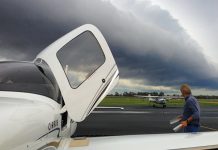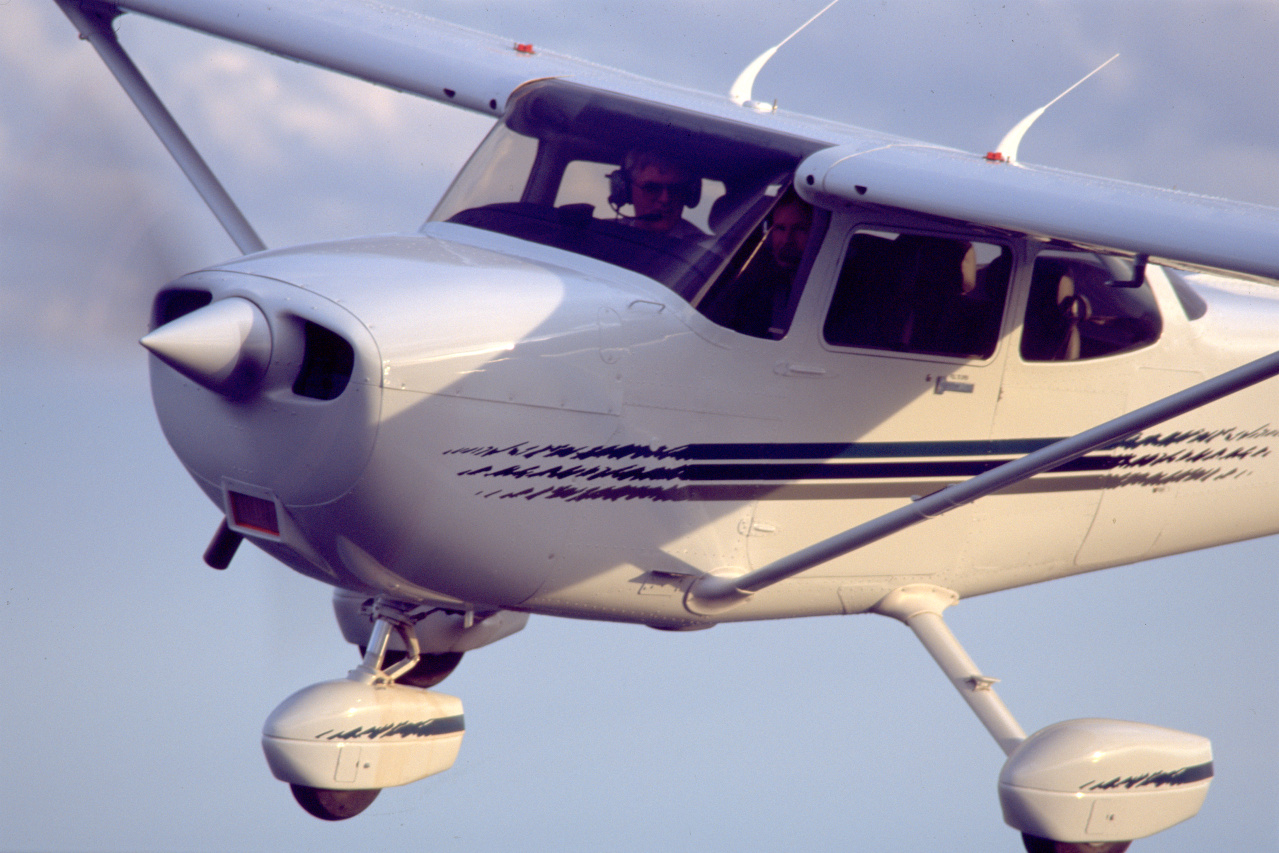It pays to understand the use of PROB on weather forecasts, as it has significant safety and regulatory implications for flight planning.
Probability: the quality or state of being probable; the extent to which something is likely to happen or be the case.
In aviation weather forecasts probability (PROB) relates to the likelihood of thunderstorm activity or poor visibility from weather phenomena (for example, mist, haze, fog, or smoke) that impede a pilot’s ability to fly safely. PROB is included in forecasts to describe possible weather conditions to assist with flight planning.
Where is PROB used?
As a private or recreational pilot, you might see PROB30 or PROB40 in an Aerodrome Forecast (TAF), or in a 3-hourly Terminal Forecast (TAF3). PROB30(40) can also be found in forecasts for critical locations in a Graphical Area Forecast (GAF).
Probability is also described in Airport Weather Briefing (AWB) products, but as ‘potential’ or ‘possibility’. An AWB can be found in the General Met Forecast section of NAIPS and are issued for some capital city airports. AWBs describe possible adverse weather conditions within the terminal’s airspace, which, depending on the airport, can be a radius of 30 to 45 nm. They also explain the TAF in plain English and describe possibilities as low as 10% or 20%. Handy for if you’re flying within range of a major airport indeed! But, if you do plan to land at one of the major airports or enter its controlled airspace, for operational planning you’re required to use the appropriate TAF.
You won’t find PROB on a METAR or SPECI because they’re observations – what is happening with the weather right now.
A measure of likelihood
PROB is a measure of likelihood, an estimate of how likely the forecast conditions are to occur. Given a set of weather conditions and observations for a location, forecasters determine what the probability of thunderstorms or poor visibility is. PROB30 indicates three in ten times (or a 30% probability), and PROB40, four in ten times (or a 40% probability) of a weather condition occurring. Where cumulonimbus cloud is predicted, weather forecasters will include the probability of associated thunderstorm activity.
Only PROB30 and PROB40 are used in a TAF. PROB20 isn’t used as the likelihood of the condition occurring is very low. PROB50 also isn’t used as the likelihood is so high that the conditions are considered forecast to occur and are referenced in the forecast itself. (Note that forecasters issue an amended TAF when there is a change in the expectation from PROB30(40) to 50% or more likelihood, including when the weather phenomenon is observed and expected to persist.)
Probability, INTER and TEMPO
However, thunderstorm activity can be intermittent or temporary in nature, or can hang around for hours. In PROB forecasts, INTER (intermittent) and TEMPO (temporary), and the absence of INTER or TEMPO, are used to indicate the expected duration periods of thunderstorm activity.
INTER is used when the forecasters predict the thunderstorm activity is likely to last for periods of less than 30 minutes’ duration, and TEMPO means periods of 30 to 60 minutes. (An easy way to remember this is that intermittent comes before temporary in the dictionary!)
However, the absence of INTER and TEMPO after PROB in a forecast is also significant. For example:
PROB30 1005/1014 1000 +TSRA BKN040CB
The absence of INTER or TEMPO in this line of a forecast means that the activity described (thunderstorms with heavy rain) will last for periods of more than an hours’ duration.
Probability and regulations
However, when PROB30 or PROB40 are present in any type of weather forecast for an airport or critical location, it’s not the Bureau of Meteorology ‘just giving us the odds’. If, at a minimum, a PROB30 is on a forecast, we can’t just say “Meh, that’s only a three out of ten chance. I’ll take those odds, let’s go!’; there are rules attached that we need to comply with.
If PROB30(40) exists on a forecast, the regulations may require us to include an alternate destination aerodrome in our flight plan or have sufficient fuel to hold while waiting for the forecast conditions to pass. However, it’s also not as simple as that and there are exceptions. The requirements differ depending on:
- whether we use the TAF or the TAF3 for planning
- whether we are VFR and IFR (both aeroplanes and rotorcraft)
- our arrival time in relation to the activity or validity period of the forecast
- how far we plan to fly from our departure aerodrome
- if there is no weather forecast available for our desired destination.
Go to the online store to read a booklet that combines all the bureau’s aviation weather fact sheets.






Comments are closed.